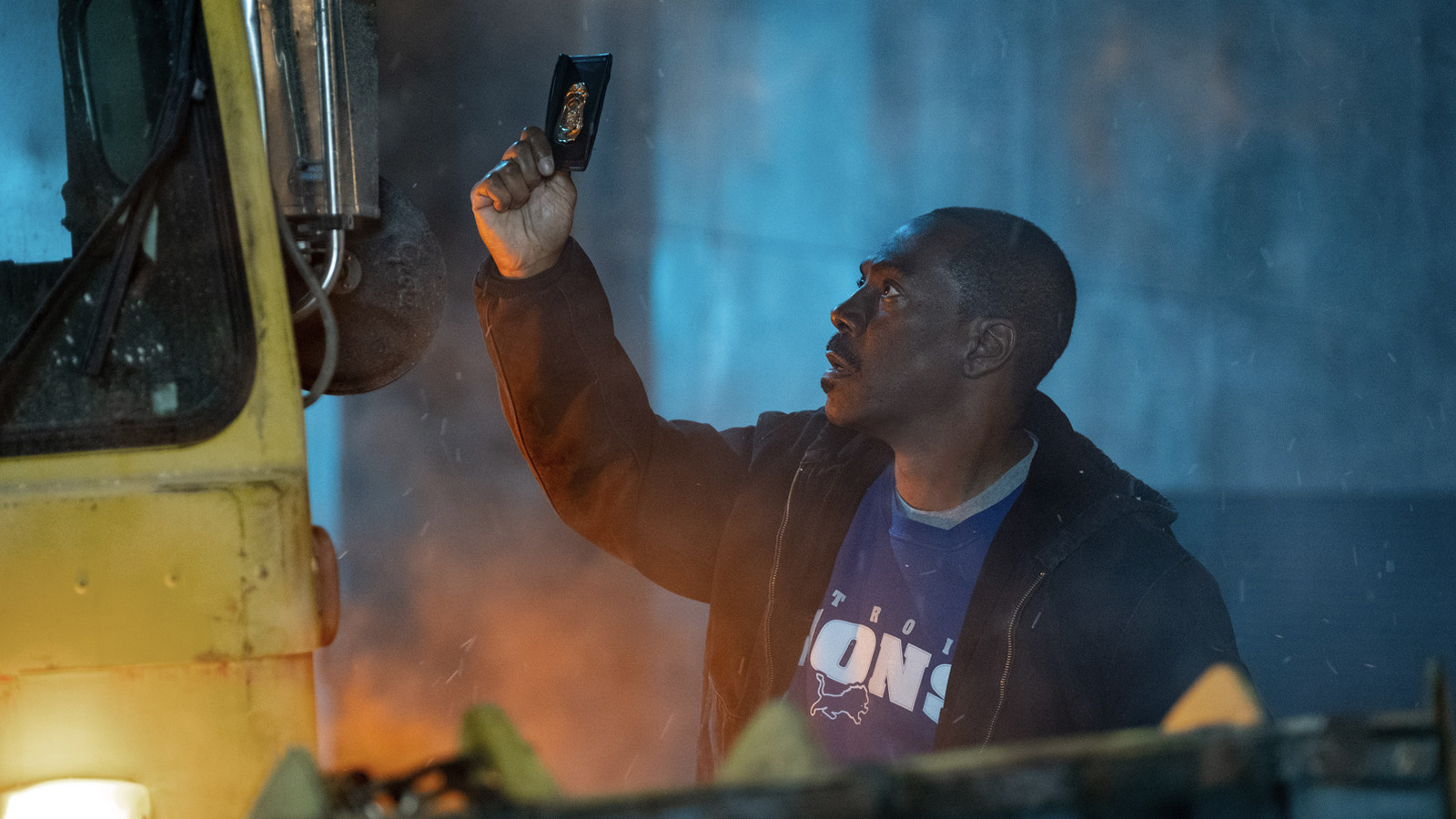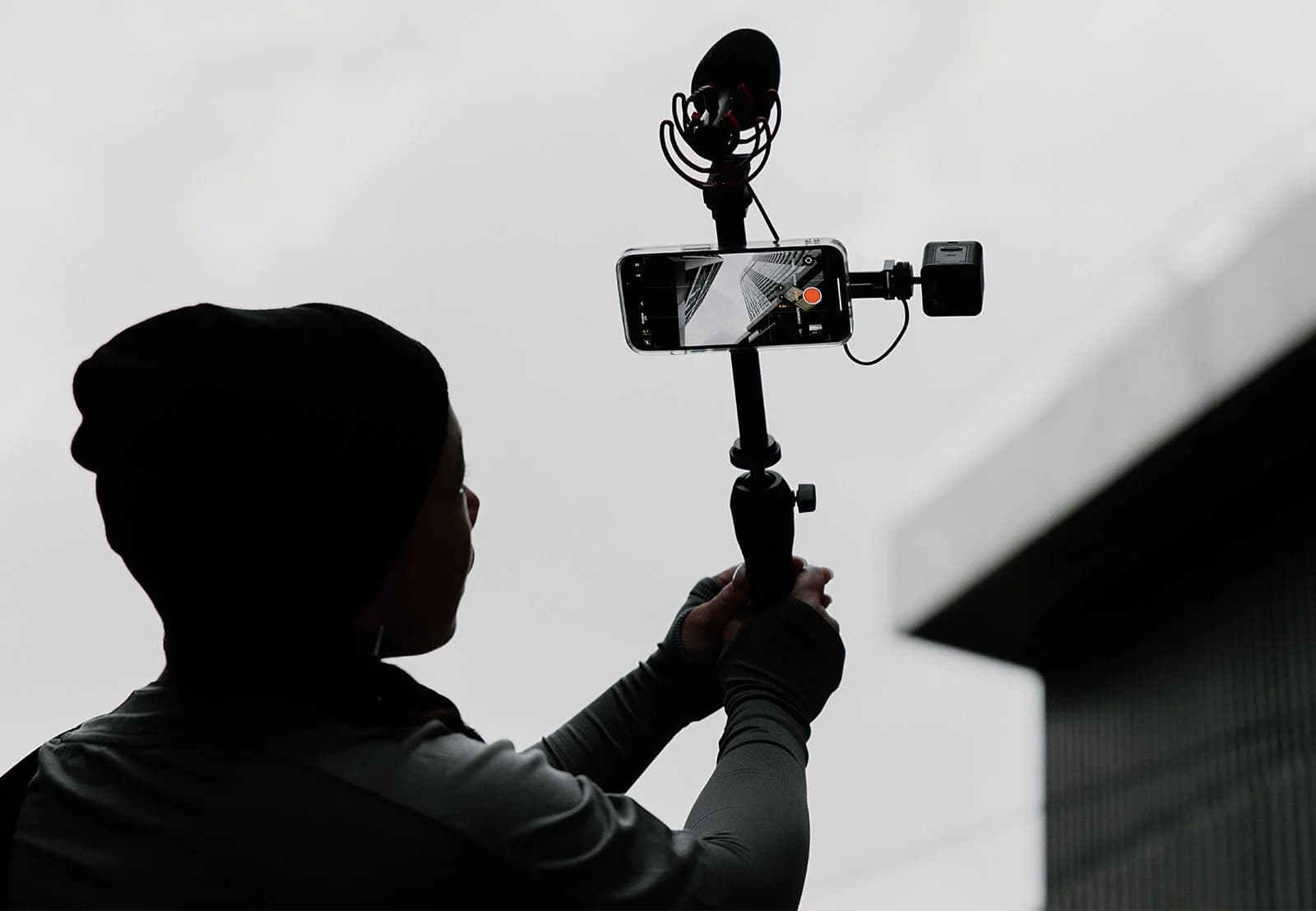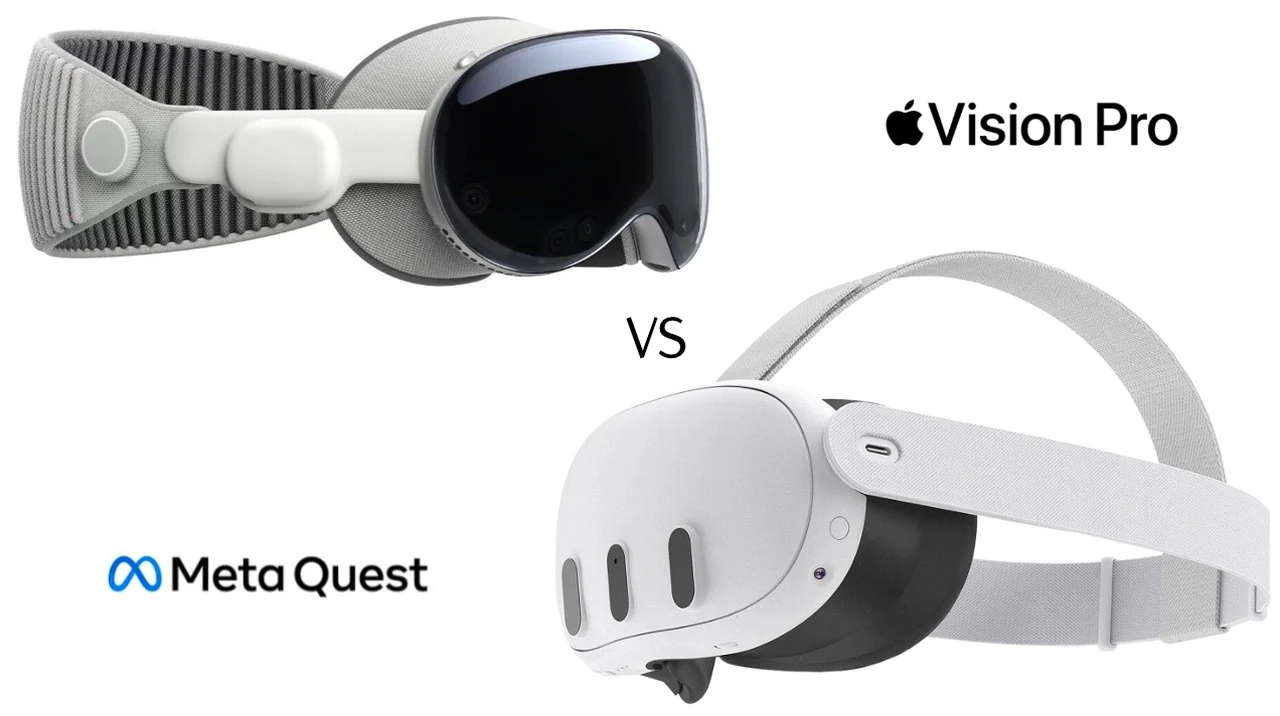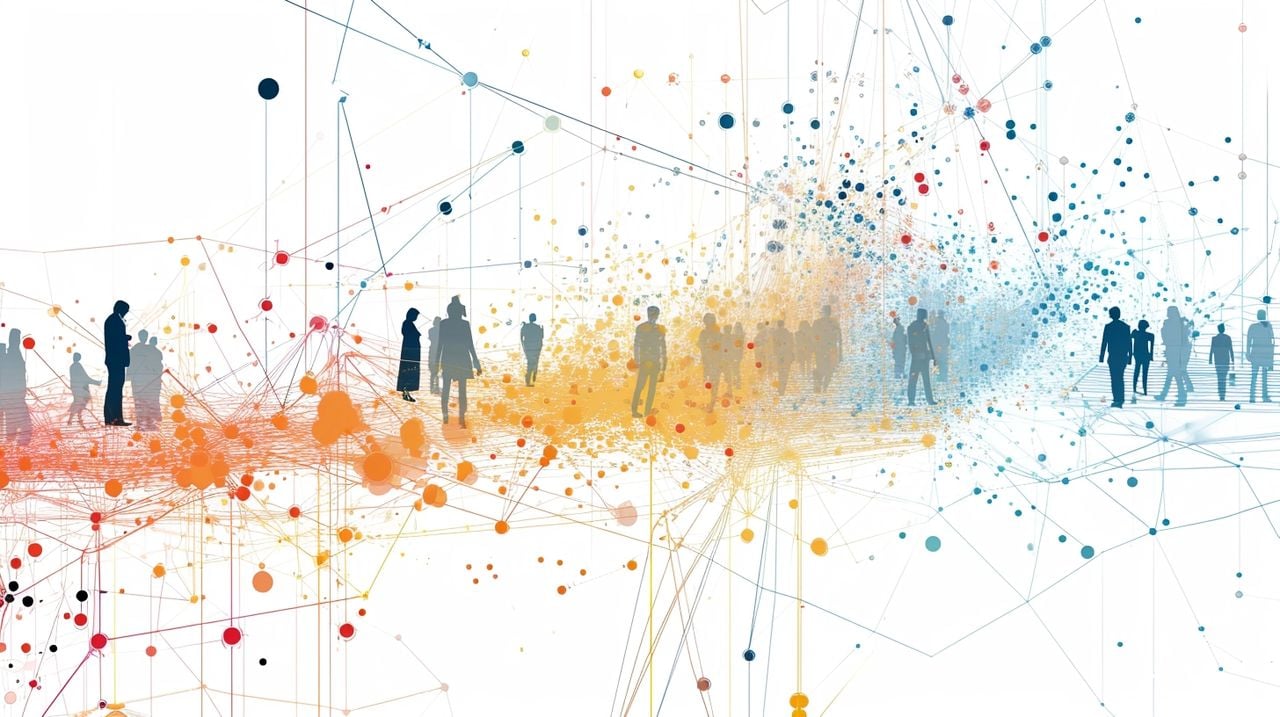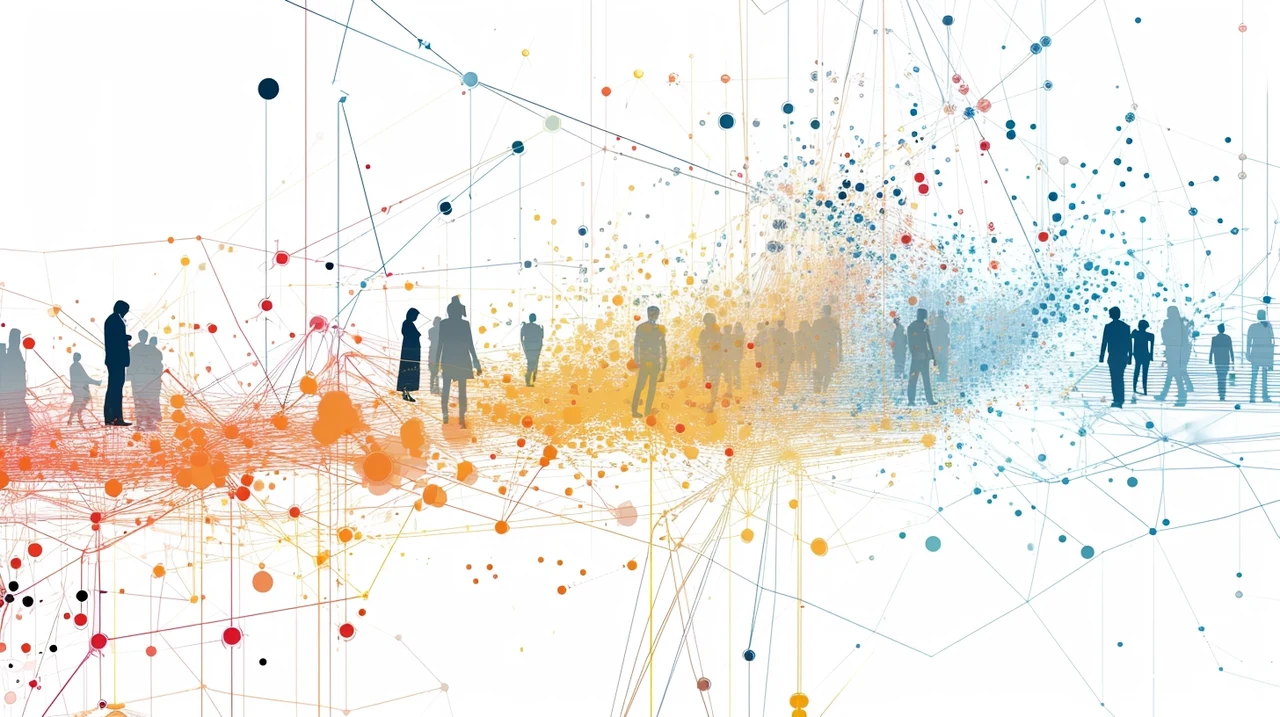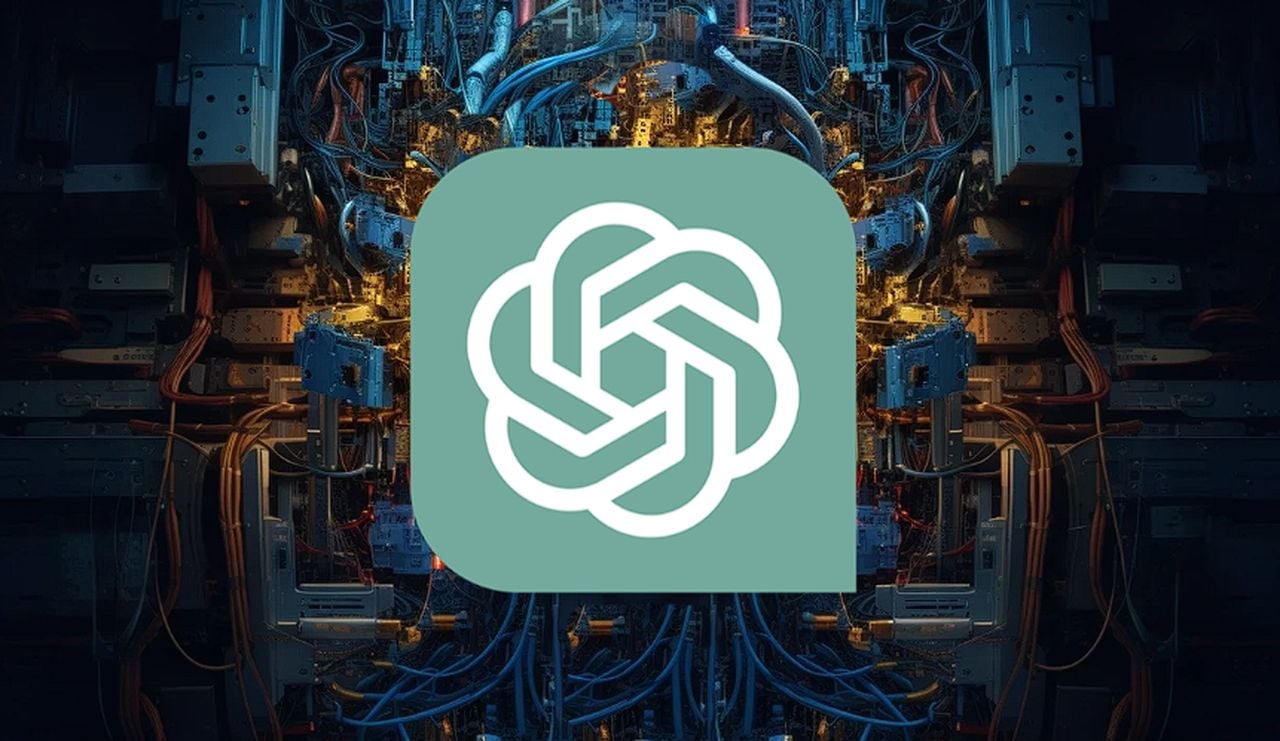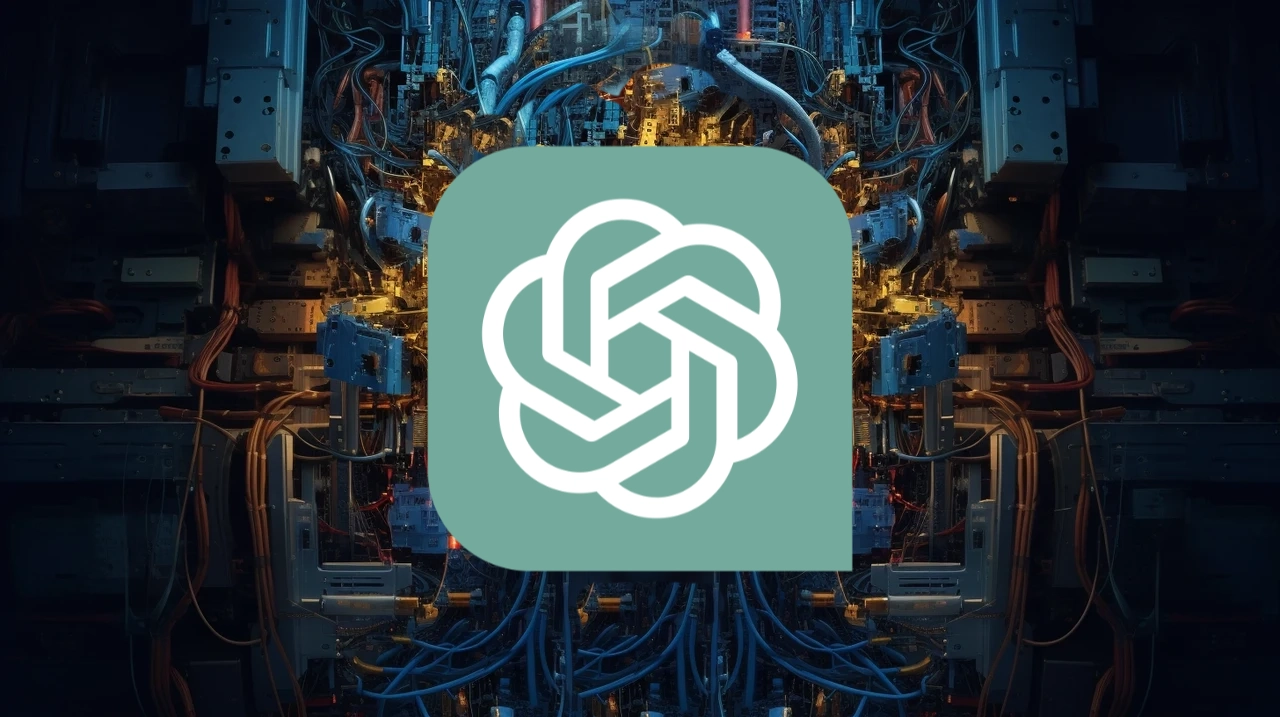Lestat de Lioncourt has risen! Sort of.
In the first episode of Season 2, titled “What Can the Damned Really Say to the Damned,” Sam Reid reprises his role to torment Lestat’s treacherous children. But not exactly as you might expect. He’s not flesh and blood — though he is bleeding profusely. In Interview with the Vampire: Part II, as the second season’s opening title card calls it, Lestat’s return to Louis begins as a delusion.
How did we get here? For those in need of a refresher: At the end of Season 1 of AMC’s audacious adaptation of Interview with the Vampire, Lestat was ambushed by his vampire family, Louis de Pointe du Lac (Jacob Anderson) and Claudia (Bailey Bass), then left for dead in the swampy dumps of New Orleans. When human journalist Daniel Molloy (Eric Bogosian) interviews Louis decades later — with Claudia’s diaries in hand — he calls Louis out for knowing damn well that attack wouldn’t kill the vampire Lestat.
Could this be true? Will the real Lestat catch up with Louis and Claudia as they search for a coven that might be more cuddly than the Brat Prince?
Let’s dig in.
How does Lestat return in Interview with the Vampire?
Sam Reid and Jacob Anderson return as Lestat and Louis in “Interview with the Vampire: Part II.”
Credit: Larry Horricks / AMC
In “What Can the Damned Really Say to the Damned,” Lestat resurrects from his shallow grave as a bad dream, a guilty conscience, or a delusion. Pick your poison.
Guided by old-world legends, Louis and Claudia (now played by Delainey Hayles) have left the luxuries of New Orleans behind for battle-torn squalor in Europe during World War I. There, as Claudia scours for evidence of vampires and searches the pockets of dead soldiers for camping essentials, Lestat returns to Louis — a vision with a slit throat and a smile.
“Bonjour, mon amour,” Lestat says, adding, “Do you miss me? I miss you — despite our recent unpleasantness.” What a cool, casual way to refer to your lover plotting to kill you, then fleeing the country! At this point it’s been “four years of grim wayfaring,” and Louis is mad with grief. Or as he puts it, “You’re not here, I’m just fucked in the head.”
Lestat taunts him with playful banter that’s cut off by a live bat crawling out of his slit throat and flying into the night. But the maybe-slain sire will not accept apologies. “You ruin it with remorse,” Lestat scolds Louis, “You gave me a death of distinction.”
Now, even if this Lestat is just Louis’ guilty conscience, this line suggests Louis believes Lestat is really dead. But then Lestat declares, “But in answer to your question: Yes. I’m going to fucking kill you.”
Louis argues in response that if Lestat were alive, he’d already have tracked them down and murdered them by now. Again, it’s been four years. To this Lestat says with a wicked grin, “Oh love, I’m merely waiting until you’re happy. So hurry up, mon cher!”
Next, this vision of Lestat lovingly bites Louis’s neck, as Louis grimaces in a pain reflected in the voice-over: “I had taken 7,000 souls by then. But Lestat’s was the only one that felt like murder.”
What does it mean that Lestat is back?
Delainey Hayles and Jacob Anderson reach Paris as Claudia and Louis in “Interview with the Vampire: Part II.”
Credit: Larry Horricks / AMC
Well, for one thing, it means showrunner Rolin Jones knows what his audience wants.
In season 1, Anderson and Reid had a passion so hot it threatened to burn viewers down in their awe and longing. It wasn’t just that Jones gave explicit sex scenes between the two where Rice had not. It was also that the chemistry between these actors was explosive, and the toxic romance between Louis and Lestat as chaotic as it was compelling.
This first chapter back is alive with twisted turns, including revenants, Romanian superstition, and an ancient vampire choosing a fiery exit over a new lease on undead life. But amid the unrelenting muck and grays of this grisly chapter, Jones smartly laid in a bit of tried and true (and entertaining) toxicity, as only Lestat can give it.
While Louis tries to keep these delusions to himself, his regret — and lingering love for Lestat — is a gulf widening between him and Claudia. He asks her when they can go home, and in doing so refuses to see that New Orleans is not home to her; home is what she is seeking as she digs for other vampires. Her diaries reflect her ire, and Louis weeps remembering more clearly who she was — even if that means more sharply understanding how she had come to loathe him.
In the flashbacks of their time in Romania, Claudia snarls at Louis, “I forgave you for fucking up my plan. I did not forgive you for bringing him with you.” Louis argues that sure, he didn’t set Lestat on fire as Claudia wanted — but their bad dad is in a landfill a continent away. “In here,” she responds, prodding at Louis’s chest. “You carry him in here.” It’s a sin Louis cannot deny, a fate he cannot escape.
Later, after the two have seen more deaths that hang on them like an anchor, Louis offers a pep talk to Claudia, spurring her to hope. “As long as you walk the earth, I’ll never taste the fire,” he declares, promising never to leave her. “You understand? We’re going to find others like us.” Violin music plays in the background, frenzied and hopeful. “If you were the last vampire on earth,” he says softly, “it would be enough.”
In the shot, he’s looking dead into Claudia’s mournful eyes. But then the camera shifts to the right, revealing Lestat, throat still slit, eyes sharp, pouty lips in a slight smile. So, who is Louis really talking to? “Me and you. You and me.” He repeats it over and over, perhaps willing himself to believe he means him and Claudia. Perhaps he says this to chase away the memory of Lestat. But as this tormented family arrives in Paris at episode’s end, book readers know the real Lestat’s return is drawing ever nearer.
How to watch: Interview with the Vampire: Part II airs Sundays on AMC and AMC+.
